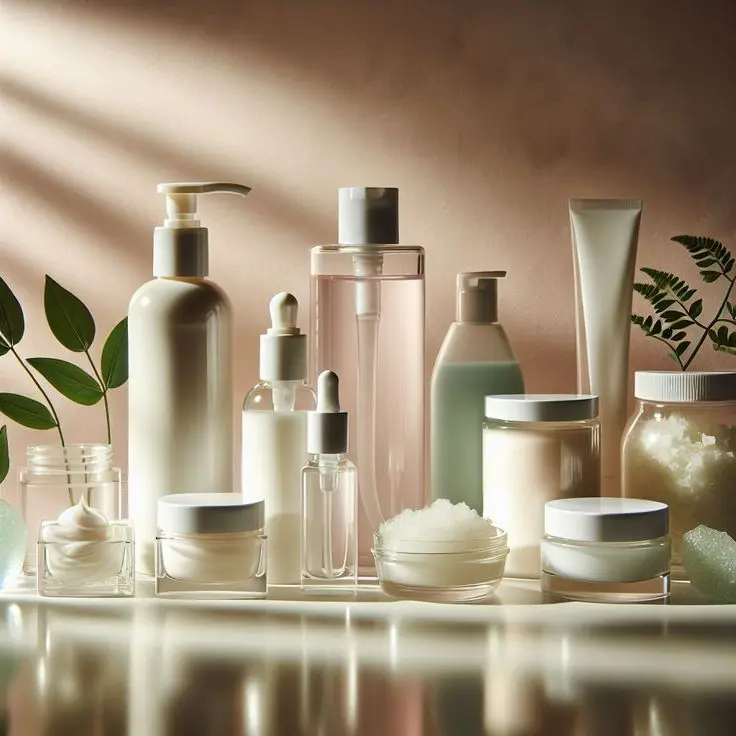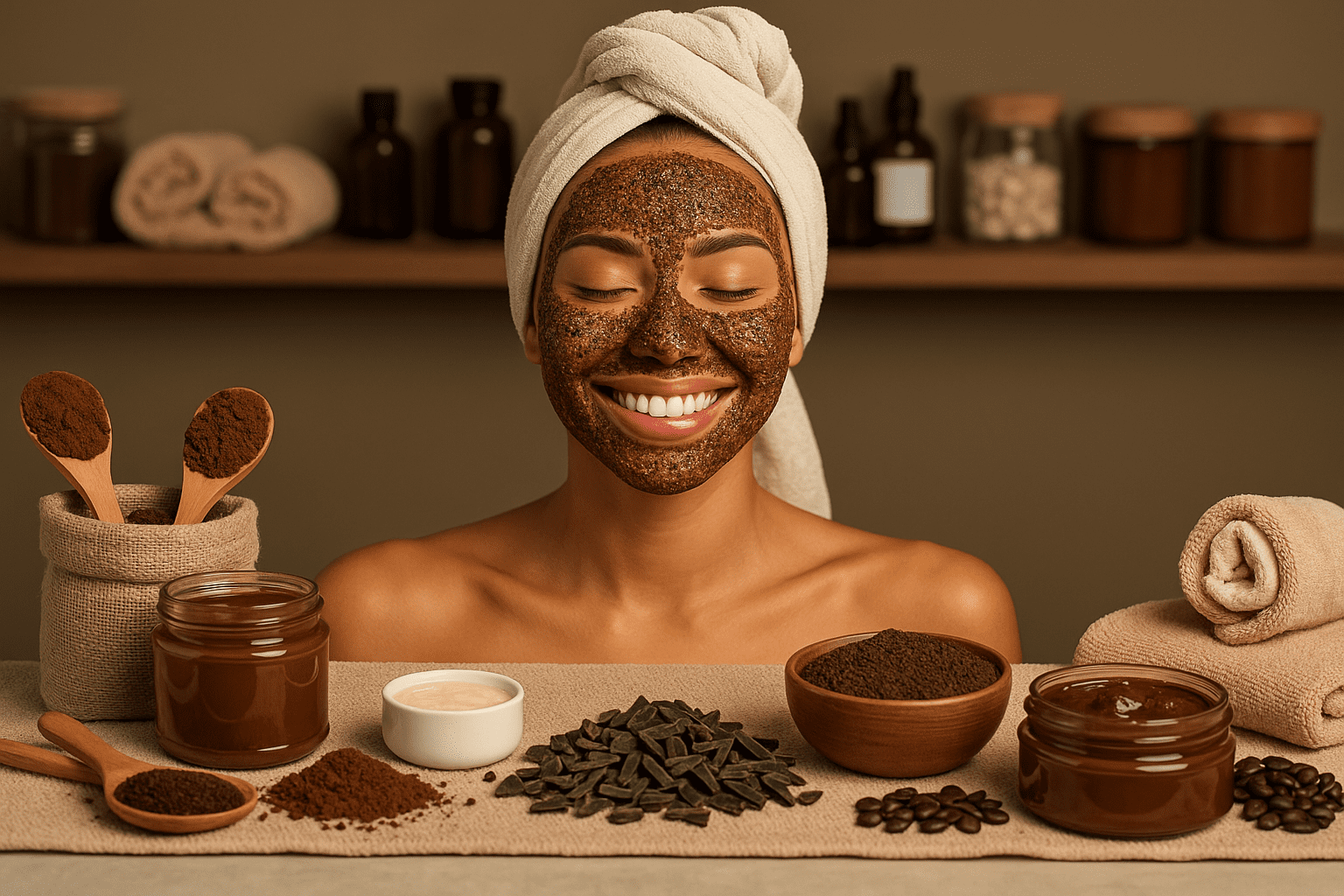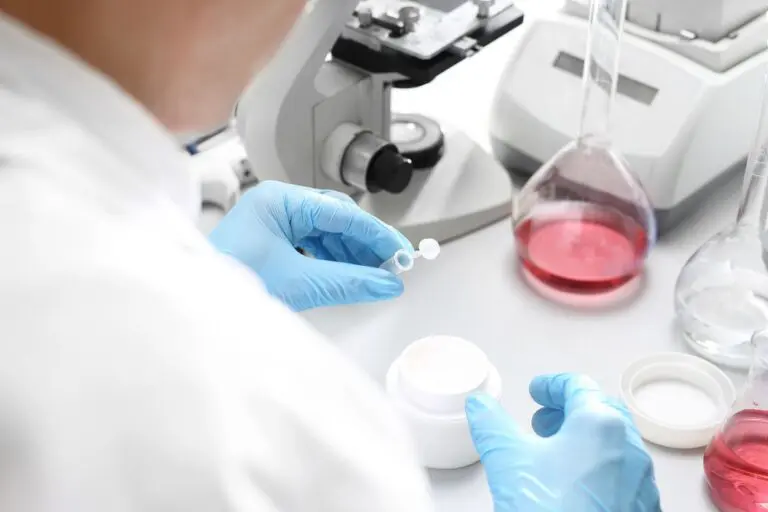In cosmetic science, actives are the heart of every formula. Emollients, emulsifiers, and bases provide structure, but it is the active ingredients that drive performance, deliver measurable benefits, and shape consumer perception. From brightening agents to encapsulated peptides, the selection of bulk cosmetic actives defines whether a formulation remains average or becomes a breakthrough product.
This article provides a deep dive into the key families of bulk cosmetic actives, explains their mechanisms, and explores how formulation strategies affect stability, efficacy, and consumer outcomes. It also considers sourcing and regulatory issues, giving chemists and procurement teams a full picture of how actives move from bulk containers into consumer-ready serums, creams, or capsules.
Why Bulk Cosmetic Actives Matter
The global market for cosmetic actives is projected to surpass USD 15 billion by 2030, fueled by consumer demand for clinically supported, multifunctional, and sustainable products (Allied Market Research). Unlike traditional commodities, cosmetic actives carry a dual burden: they must perform biologically and align with modern narratives such as clean beauty, vegan sourcing, or biotechnology-driven innovation.
For cosmetic chemists, sourcing in bulk is not just about scale. It ensures:
- Consistency across batches, critical for maintaining efficacy claims.
- Cost-efficiency, reducing cost per unit and simplifying logistics.
- Access to innovation, as many novel biotech actives are only offered through trusted bulk supply.
- Regulatory assurance, since bulk suppliers typically provide stability data, safety documentation, and certificates of analysis.
Families of Bulk Cosmetic Actives
Let’s break down the most relevant categories used in both skincare and haircare today.
1. Brightening Agents
Skin tone uniformity remains one of the strongest global claims. Brightening agents work primarily by regulating melanogenesis, controlling tyrosinase activity, or modulating pigment transfer.
Examples:
- Tranexamic Acid – Inhibits plasminogen pathways involved in UV-induced pigmentation. Studies show it reduces melasma severity after 12 weeks of topical use (NIH).
- Kojic Acid Derivatives – A gentler alternative to hydroquinone, often stabilized in encapsulated form.
- Alpha-Arbutin – Provides gradual pigment control with fewer irritation concerns.
Formulation Note: Brightening agents often require stabilization. Pairing with antioxidants such as ascorbyl glucoside improves longevity.
2. Anti-Aging Peptides and Nucleotides
Peptides and nucleotides are considered the “signal generators” of cosmetic science. By mimicking natural communication molecules, they encourage fibroblasts to produce collagen, elastin, or hyaluronic acid.
- Palmitoyl Tripeptide-1 – Signals dermal repair and collagen stimulation.
- Phyto-PDRN (plant-derived polydeoxyribonucleotides) – Supports microcirculation and DNA repair, improving elasticity.
- Acetyl Hexapeptide-8 – Popularly known as “topical Botox,” it reduces wrinkle depth by modulating neurotransmitter release.
Clinical Insight: A double-blind, placebo-controlled study demonstrated that peptides can reduce wrinkle depth by up to 30% after 12 weeks of daily use (Journal of Cosmetic Dermatology).
3. Delivery Systems
Advanced actives are only as good as their delivery. Encapsulation protects fragile molecules, improves bioavailability, and allows for controlled release.
Key Platforms:
- Polycaprolactone (PCL) Microspheres – Biodegradable carriers for peptides, acids, and pigments (ScienceDirect – Polycaprolactone Drug Delivery).
- Exosomes – Plant-derived vesicles that transport proteins and antioxidants directly to cells.
- Lipid Nanocarriers – Enhance solubility of poorly water-soluble actives like coenzyme Q10.
Formulation Tip: Always add encapsulated systems at cool-down (<40°C) to preserve integrity.
4. Botanical and Marine Extracts
Natural extracts continue to dominate the market, not just for storytelling appeal, but also for robust bioactivity.
- Microalgae Pigments – Astaxanthin, β-carotene, and phycocyanin provide color and antioxidant protection.
- Centella Asiatica Extract – Rich in asiaticosides, proven to support wound healing and barrier repair.
- Rice and Apple Callus Cultures – Offer growth factors and antioxidant molecules.
Comparison Snapshot:
| Extract | Key Molecule | Skin/Hair Benefit | Formulation Note |
|---|---|---|---|
| Astaxanthin | Carotenoid | Photoprotection, anti-wrinkle | Oil-soluble, best in emulsions |
| β-Carotene | Provitamin A | Renewal, tone | Sensitive to oxidation, stabilize with vitamin E |
| Phycocyanin | Phycobiliprotein | Soothing, antioxidant | pH-sensitive, best in aqueous gels |
5. Preservatives and Chelators
Even the most advanced formula fails without protection against microbial growth. Modern preservation systems balance efficacy with “clean beauty” positioning.
- Sodium Benzoate + Potassium Sorbate – Widely accepted in global markets.
- Sodium Phytate – Acts as a chelator, stabilizing metals that could degrade actives.
- Silver Citrate – Used in low concentrations but requires strict regulatory compliance (EU restrictions apply).
Formulation Considerations for Bulk Actives
Chemists face several key challenges when working with actives at scale:
- pH control – Actives like tranexamic acid and peptides degrade outside optimal ranges.
- Compatibility testing – Prevents precipitation or unwanted reactions when combining multiple actives.
- Sensory balance – Ensures strong actives integrate into textures that consumers enjoy.
- Preservation strategy – Especially important in microbiome-friendly formulas where harsh preservatives may be avoided.
Quality and Compliance in Bulk Supply
Sourcing in bulk requires more than just cost negotiation. Full documentation is essential:
- Certificates of Analysis (COA) – Confirms assay range and purity.
- Safety Data Sheets (SDS) – Ensures occupational and consumer safety.
- Regulatory Notes – Clarifies permitted concentrations across markets (FDA, EU, ASEAN).
- Sustainability Credentials – Non-GMO, vegan, fair-trade certifications increasingly influence procurement decisions.
The Future of Cosmetic Actives
The direction of bulk cosmetic actives is clear:
- Biotech-driven actives – Fermented peptides, lab-grown exosomes, and plant stem cell lysates.
- Sustainability-first sourcing – Marine biopolymers from algae instead of animal collagen.
- Multifunctionality – One molecule delivering antioxidant, anti-inflammatory, and colorant roles.
- AI-assisted formulation – Machine learning predicting synergistic blends of actives for targeted efficacy.
A strong example is the rise of postbiotics, which support skin’s microbiome without the regulatory challenges of probiotics. Studies confirm that bacterial lysates can reduce sensitivity and improve barrier resilience (Frontiers in Microbiology).
Introduction
In cosmetic science, actives are the heart of every formula. Bases, emulsifiers, and emollients provide structure, but it is the active ingredients that drive performance, deliver measurable benefits, and shape consumer perception. From brightening agents to encapsulated peptides, the choice of bulk cosmetic actives determines whether a formulation remains average or achieves breakthrough status.
This article examines the key families of bulk actives, their mechanisms of action, and formulation strategies that influence stability, efficacy, and consumer outcomes. It also explores sourcing and regulatory requirements, giving chemists and procurement teams a complete picture of how actives move from bulk containers into consumer-ready serums, creams, or capsules.
Why Bulk Cosmetic Actives Matter
The global cosmetic actives market is forecast to exceed USD 15 billion by 2030, fueled by demand for clinically supported, multifunctional, and sustainable products. Unlike commodities, actives carry a dual burden: they must perform biologically while aligning with consumer narratives like clean beauty, vegan sourcing, and biotech innovation.
Sourcing in bulk ensures:
- Consistency across batches, supporting reliable efficacy claims.
- Cost-efficiency by reducing cost per unit and streamlining logistics.
- Access to innovation, as many biotech actives are distributed primarily through bulk supply channels.
- Regulatory assurance with stability data, safety files, and certificates of analysis provided by suppliers.
Families of Bulk Cosmetic Actives
1. Brightening Agents
Skin tone uniformity is one of the strongest global claims. Brightening agents regulate melanogenesis, inhibit tyrosinase activity, or modulate pigment transfer to improve complexion.
- Tranexamic Acid – Inhibits plasminogen pathways involved in UV-induced pigmentation; clinical studies show melasma improvement after 12 weeks of use (NIH).
- Kojic Acid Derivatives – Gentler alternatives to hydroquinone, often stabilized through encapsulation.
- Alpha-Arbutin – Gradual pigment regulation with lower irritation risk.
Formulation note: Brightening actives often need stabilization. Pairing with vitamin C derivatives such as ascorbyl glucoside enhances longevity.
2. Anti-Aging Peptides and Nucleotides
Peptides and nucleotides function as “signal molecules,” instructing fibroblasts to produce collagen, elastin, and hyaluronic acid. They are cornerstones of advanced anti-aging formulations.
- Palmitoyl Tripeptide-1 – Stimulates collagen synthesis and dermal repair.
- Phyto-PDRN – Plant-derived polydeoxyribonucleotides that boost elasticity, circulation, and DNA repair.
- Acetyl Hexapeptide-8 – Known as “topical Botox,” reduces wrinkle depth by modulating neurotransmitter release.
Clinical data in the Journal of Cosmetic Dermatology show peptides can reduce wrinkle depth by up to 30% after 12 weeks of use.
3. Delivery Systems
Advanced actives are only effective when delivered properly. Encapsulation systems protect fragile molecules, increase bioavailability, and allow sustained release.
- Polycaprolactone (PCL) Microspheres – Biodegradable carriers that gradually release peptides, acids, or pigments (ScienceDirect).
- Plant-Derived Exosomes – Nano-vesicles that deliver proteins and antioxidants directly into skin cells.
- Lipid Nanocarriers – Improve solubility of lipophilic actives like coenzyme Q10.
Formulation tip: Always add encapsulated actives in the cool-down phase (<40 °C) to preserve their structure.






